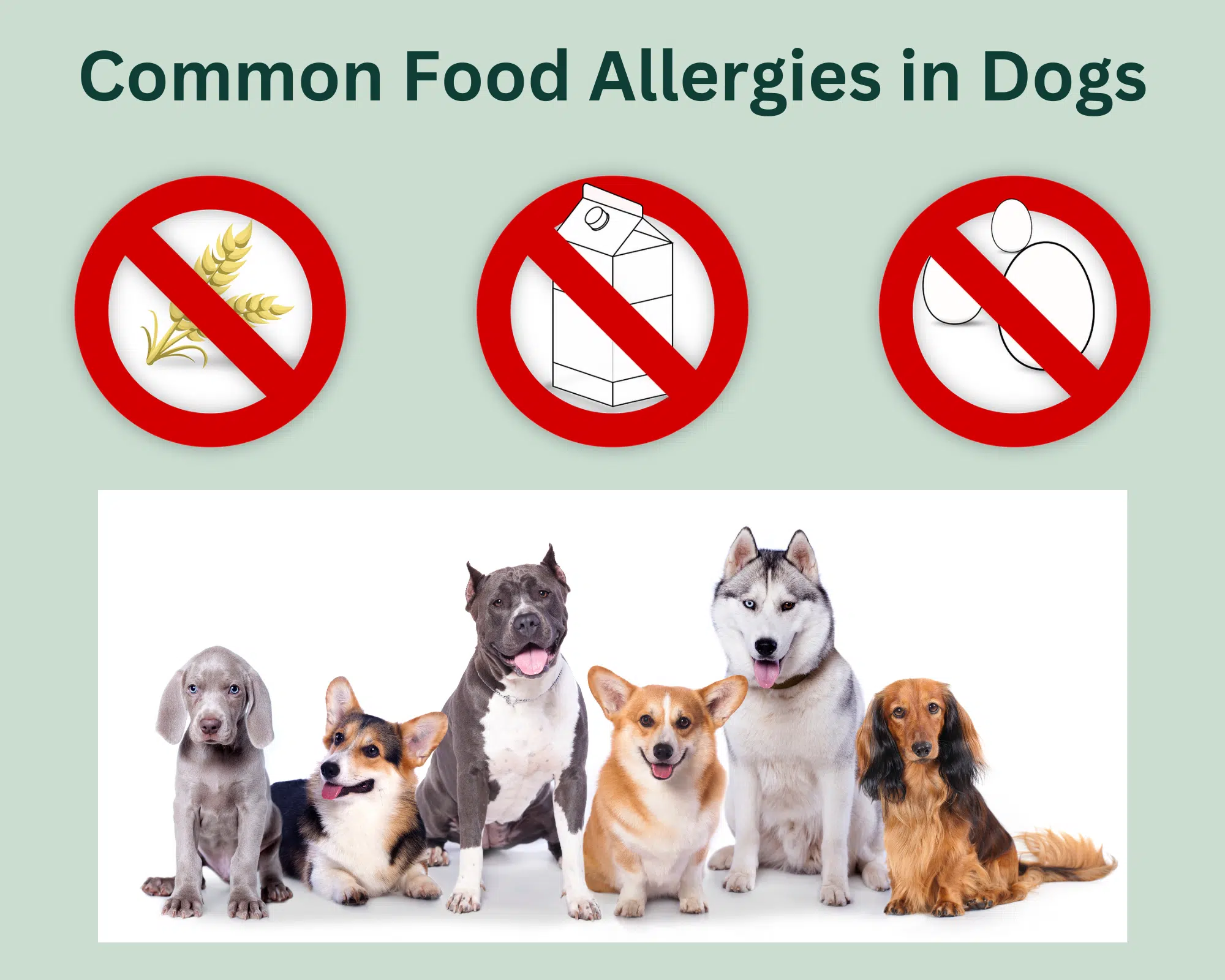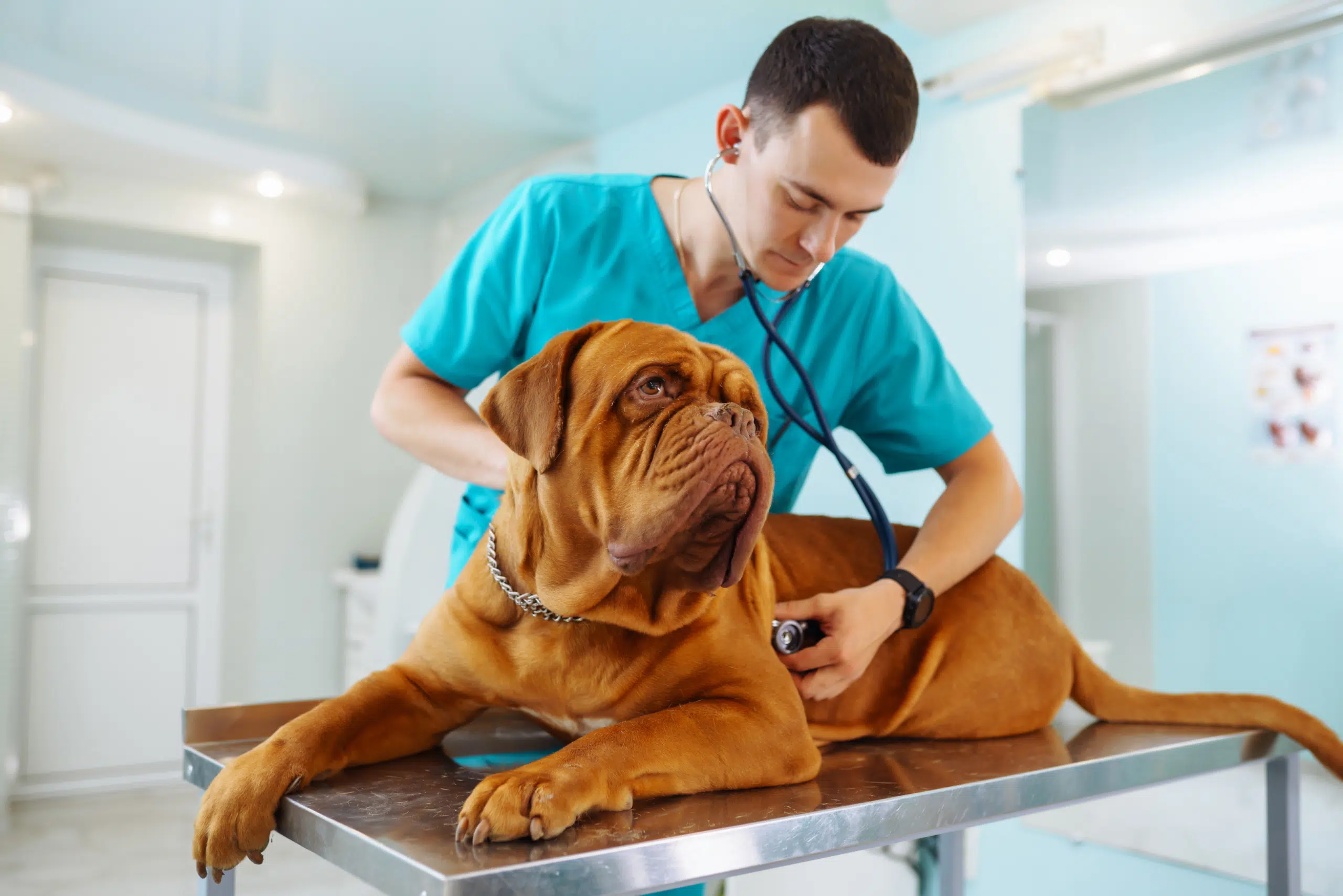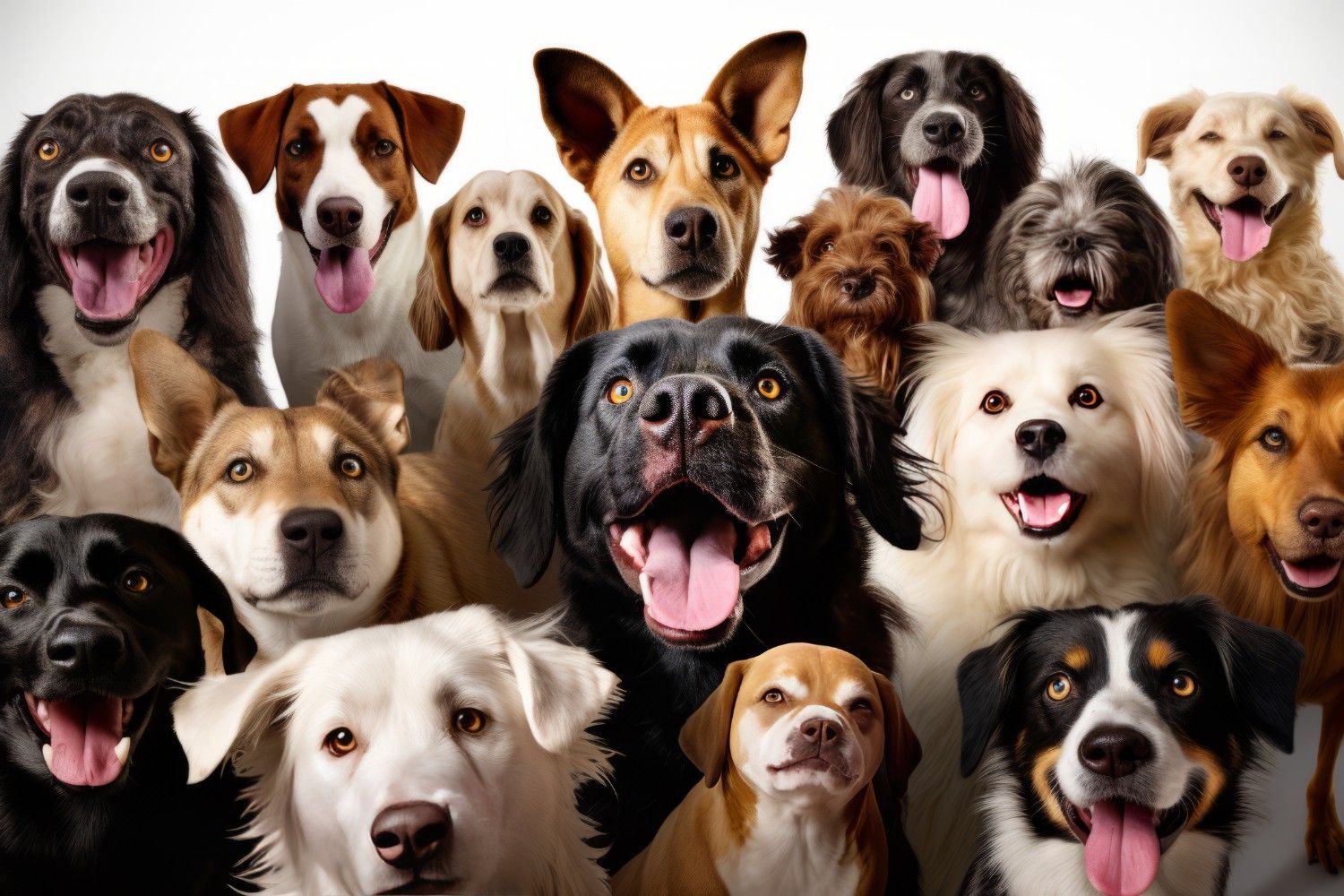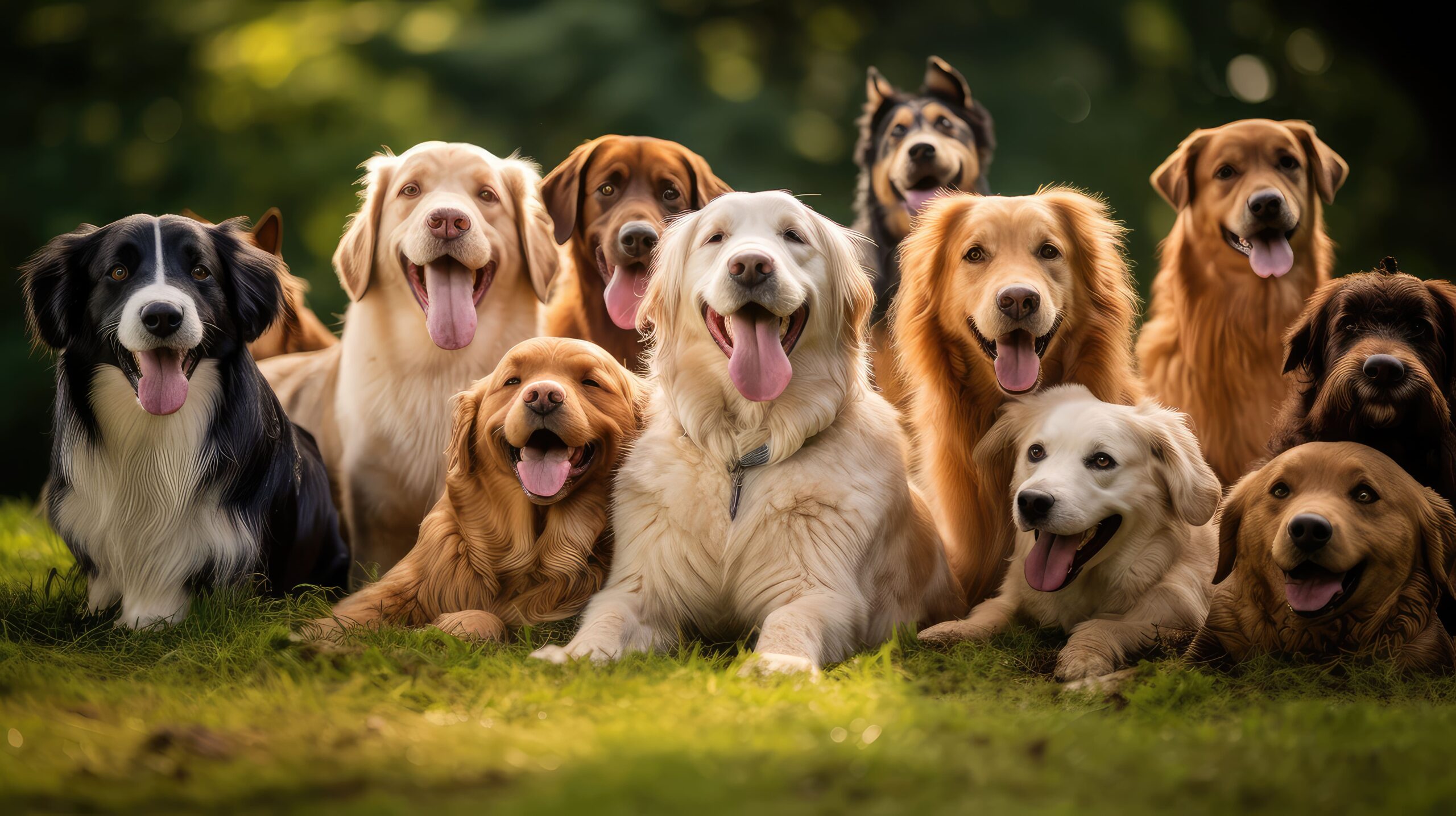Do you ever notice your furry friend experiencing digestive issues or scratching themselves constantly? These signs may indicate more health issues than just temporary discomfort. Similar to humans, dogs can develop a food allergy that have a significant impact on their overall health.
In this article, we will uncover the most common dog food allergies, highlight a few ingredients known to trigger reactions, and provide suggestions when it comes to dog food for dogs with allergies.
We will also delve into the process of transitioning to an appropriate diet for dogs with allergies and sensitivities, ensuring their nutritional needs are met without compromising their health.
By understanding these allergies, recognizing their symptoms, and learning how to effectively manage them, you can ensure that your loyal companion receives the care and support they need.
So, let us dive into the most common food allergies in dogs and discover how to keep your dog healthy and happy.
Meet: Papillon
Signs of Food Allergies in Dogs
Detecting a food allergy in dogs can be challenging since their symptoms can mimic other conditions. However, by being observant, you can pick up on subtle signs that may indicate an allergic reaction, skin allergies, or food intolerance.
● Digestive Symptoms: Be mindful of any digestive issues your dog may experience, including diarrhea, bloating, vomiting, excessive gas, or frequent bowel movements. These symptoms can be indicative of an unfavorable reaction to specific foods.
● Skin-Related Symptoms: Additionally, keep an eye on your dog’s skin. If you notice them constantly itching, scratching, or experiencing redness and inflammation, it may be a sign of a food allergy. Also, watch for ear infections and hot spots, as these are often common signs of food allergies in dogs.
Being aware of these symptoms will enable you to promptly seek help and alleviate your canine companion’s discomfort.
The Most Common Food Allergens for Dogs
Just as humans have their dietary triggers, dogs also have their fair share of notorious allergens. You may be surprised to learn that the foods your dog loves could be the very ones causing allergies. Below we have listed the most common food allergies in dogs.
● While proteins are vital for a dog’s diet, it is important to note that specific protein sources can trigger allergic reactions. The most common protein source allergens for dogs include beef, chicken, and lamb. These proteins are present in many commercial dog foods and can be challenging for dogs with sensitivities to digest.
● Grains like wheat, corn, and soy are also potential allergens, as they can trigger digestive and skin-related reactions.
● Dairy products can be problematic for dogs due to lactose intolerance or allergies to specific milk proteins. Common dairy allergens include milk, yogurt, and cheese.
● In addition, eggs, fish, and artificial additives and preservatives are known to be common dog food allergies.
By familiarizing yourself with these most common food allergies in dogs, you can make informed choices when selecting your dog’s diet and avoid potential triggers.
Meet: Norwich Terrier
Diagnosing Food Allergies in Dogs
Now that we have explored the most common symptoms of food allergies in dogs, it is important to discuss how you can provide support and relief for your beloved pup if they are experiencing a food allergy. First and foremost, you need to consult with your trusted veterinarian and determine the specific ingredients triggering the allergic reaction.
As a pet owner, it can be frustrating to witness your own dog’s symptoms and discomfort without knowing the exact cause. Fortunately, there are diagnostic techniques available to identify dogs food allergies.
● Elimination Diet Trial: One commonly used method is a food elimination diet trial. During this food trial, you will remove potential allergenic ingredients from your dog’s diet and gradually reintroduce them while observing for any adverse food reactions. This food elimination diet process helps pinpoint the specific trigger causing your dog’s allergic reaction.
● Food Allergy Testing: Food allergy testing can provide additional insights into your dog’s food sensitivities too. Blood testing and intradermal skin tests are the two most often used methods for dog food allergy testing.
However, it is important to approach these examinations cautiously as they might not always provide definitive results. Consulting with your veterinarian will ensure you choose the most appropriate diagnostic approach for your four-legged friend.
The Best Food for Dogs with Food Allergies
Wondering how to feed a dog with food allergies? There are a few choices you can think about when searching for the best dog food for treating food allergies here. Keep in mind that every dog’s body is unique, so consulting with your veterinarian is essential to determine the most suitable choice for your dog’s specific needs. Here are some types of dog food that are frequently suggested for dogs with food allergies or food intolerance.
Limited Ingredient Diets
If your dog suffers from dog food allergies, opting for limited-ingredient diets can be an excellent choice. These diets are specifically designed with a minimal number of ingredients, often including novel protein and carbohydrate sources.
The main objective here is to mitigate the likelihood of triggering allergic reactions in your dog. Look for dog foods that use proteins like venison, duck, or rabbit, paired with carbohydrates such as sweet potatoes or quinoa. By eliminating common allergens like beef, chicken, wheat, and soy, limited-ingredient dog food can help manage your dog’s food allergies or food intolerance.
Hydrolyzed Diets
Another option to consider when addressing a food allergy is a hydrolyzed diet for your dog. These specialized diets feature proteins that have undergone a process of hydrolysis, breaking them down into smaller molecules thereby reducing food intolerance.
Hydrolyzed diets are highly digestible and can be beneficial for dogs with severe food allergies. Look for dog foods that use hydrolyzed proteins from sources like soy, chicken, or fish.
Grain-Free Diets
Grain-free diets eliminate grains such as wheat, corn, and soy, which are common allergens for some dogs. Instead, these diets utilize alternative carbohydrate sources such as peas, sweet potatoes, or lentils. However, it is crucial to be aware of recent studies that have raised concerns about a possible connection between grain-free diets for dogs and the development of dilated cardiomyopathy (DCM), a heart condition. Discuss with your veterinarian to find out if a grain-free diet is the right option for your dog.
Meet: Norwegian Buhund
Tips for Preventing and Managing Food Allergies in Dogs
Once you have identified the true food allergies and allergens that affect your furry friend, it is time to implement a management plan and food trial that prioritizes their health and well-being.
Avoidance of Allergenic Ingredients
To keep your dog’s food allergies in check, it is crucial to read labels and carefully examine ingredient lists of commercial dog foods. In particular, look for items that are hypoallergenic or designed for dogs with dietary allergies. These diets are designed to exclude common allergens and provide balanced nutrition.
Alternatively, you can opt for homemade hypoallergenic dog food. Working with a veterinary nutritionist can help you develop a customized meal plan and own dog food that meets your dog’s nutritional requirements while avoiding allergenic ingredients. Remember to ensure a proper balance of essential nutrients to support their overall health.
Introduction of Novel Proteins and Carbohydrates
If your dog has multiple food allergies or develops new sensitivities over time, introducing novel proteins and carbohydrates can help expand their dietary options. A gradual introduction is key to identifying any potential new allergies. Start by incorporating small amounts of novel ingredients into their diet and closely monitor their reactions. If there are no adverse effects, gradually increase the amount over time.
Another strategy is implementing a rotation diet, where you regularly switch between different protein and carbohydrate sources. This can help minimize the risk of sensitization to specific ingredients and provide variety in their diet. Remember to maintain a balance of essential nutrients and seek advice from your veterinarian or a veterinary nutritionist to ensure the rotation diet meets your dog’s specific needs.
Regular Veterinary Check-ups and Monitoring
Routine veterinary exams are essential for managing a food allergy in dogs. During these visits, your veterinarian can assess your dog’s nutritional needs, monitor any changes in their symptoms, and make necessary adjustments to their diet.
Your veterinarian will evaluate your dog’s overall health and determine if any additional nutritional supplements are needed to address specific deficiencies that may arise from eliminating allergenic ingredients. They will also help you monitor your dog’s progress, ensuring that their symptoms are under control and providing guidance on any necessary dietary adjustments.
Additionally, if your dog’s food allergy symptoms worsen or new dog food allergy symptoms arise, it is important to consult with your veterinarian promptly. They can investigate potential underlying causes beyond food items or consider other allergies, such as environmental or flea allergies, that may be contributing to your dog’s discomfort.
Complications and Considerations in Managing the Most Common Food Allergies in Dogs
While managing dog food allergies, it is critical to be aware of potential complications in treating allergies and considerations. Nutritional deficiencies can arise when specific ingredients are eliminated from the diet, so consulting with your veterinarian or a veterinary nutritionist can help address any deficiencies through appropriate supplementation.
Cross-contamination and hidden allergens also have to be taken into account. Be cautious of shared cooking surfaces and utensils, and carefully select treats and supplements to prevent accidental exposure to allergenic ingredients.
Additionally, remember that food allergies may not be the sole cause of your dog’s symptoms. Environmental allergies, flea infestations,, or underlying medical conditions can contribute to their discomfort. Working closely with your veterinarian will help identify and address any additional factors affecting your dog’s health.
Final Thoughts: The Most Common Food Allergies in Dogs
By understanding the most common food allergies in dogs, recognizing their symptoms like itchy skin, and implementing effective management strategies, you can safeguard your canine companion’s health and well-being.
Remember to consult your veterinarian for an accurate diagnosis and advice if you believe your dog may have food allergies. With attentive care and a tailored approach to their diet, you can minimize discomfort and ensure your dog leads a happy, allergy-free life.
Interesting Reads:













Get involved!
Comments